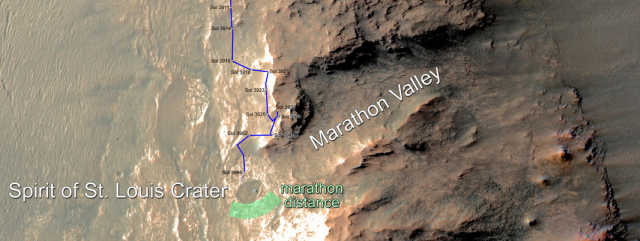For the first time in six years both Houses of Congress, now controlled by the Republicans, passed budget resolutions outlining their plan for the 2016 budget.
The Senate and House plans still have to be reconciled. Also, they call for eventually balancing the budget in 10 years, hardly my idea of good fiscal policy, though certainly an improvement from past budget battles.
The most important aspect of this however is this fine detail:
In addition to aiming to eliminate deficits within 10 years, both documents seek to ease the path for a repeal or replacement of President Barack Obama’s signature health care reform law. … [D]ifferences between the two documents still need to be worked out and a combined budget passed next month by both chambers. Doing so would allow Republicans to invoke parliamentary rules to repeal “Obamacare” with a simple majority in the Senate rather than a tough-to-achieve 60 vote threshold.
In other words, the Republicans have set the situation up where they can use reconciliation to pass an Obamacare repeal, the exact same legislative sleight-of-hand that the Democrats used to pass Obamacare in 2010.
No one in favor of shrinking the power of the federal government and its budget should be too enthused by this budget, however. All it is is a start. Or as Churchill once said, “This is not the end. It is not even the beginning of the end. But it is, perhaps, the end of the beginning.”
What we have now running Congress is a Republican leadership that wants to balance the budget in as painless a way as possible, so they will not upset any of the DC bureaucratic special interest groups, including the leftwing press. What we will eventually need is a Congress being run by people who don’t care if that DC bureaucracy and its water-carriers in the press get upset, and instead acts to make the rest of the country happy. We are moving in that direction, but we have a long way to go to get there.




